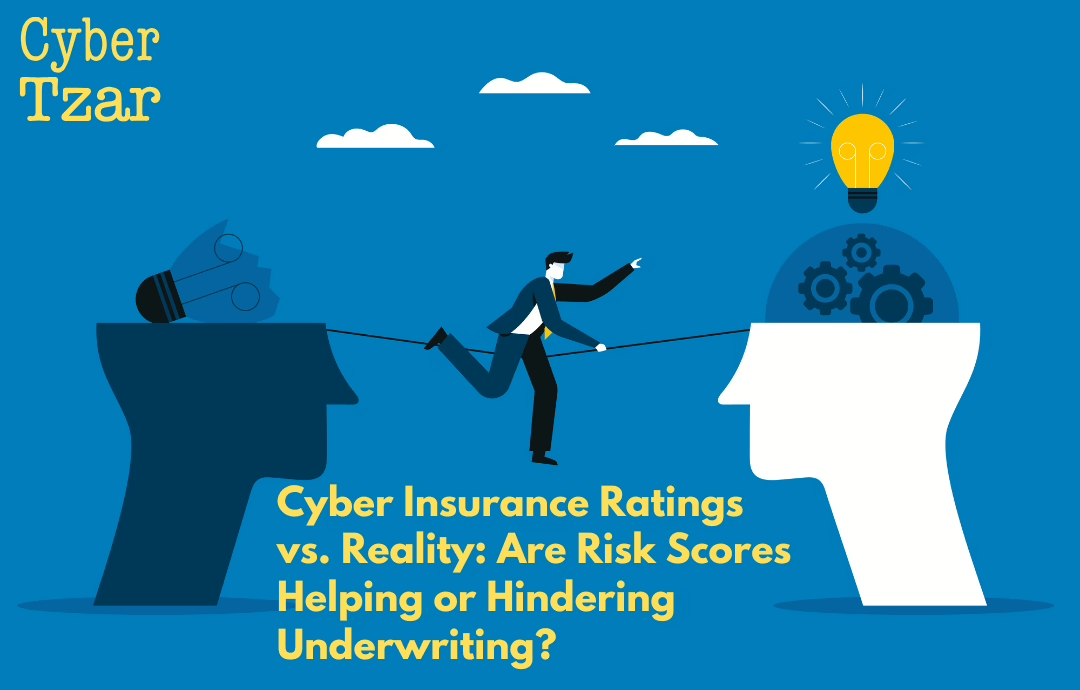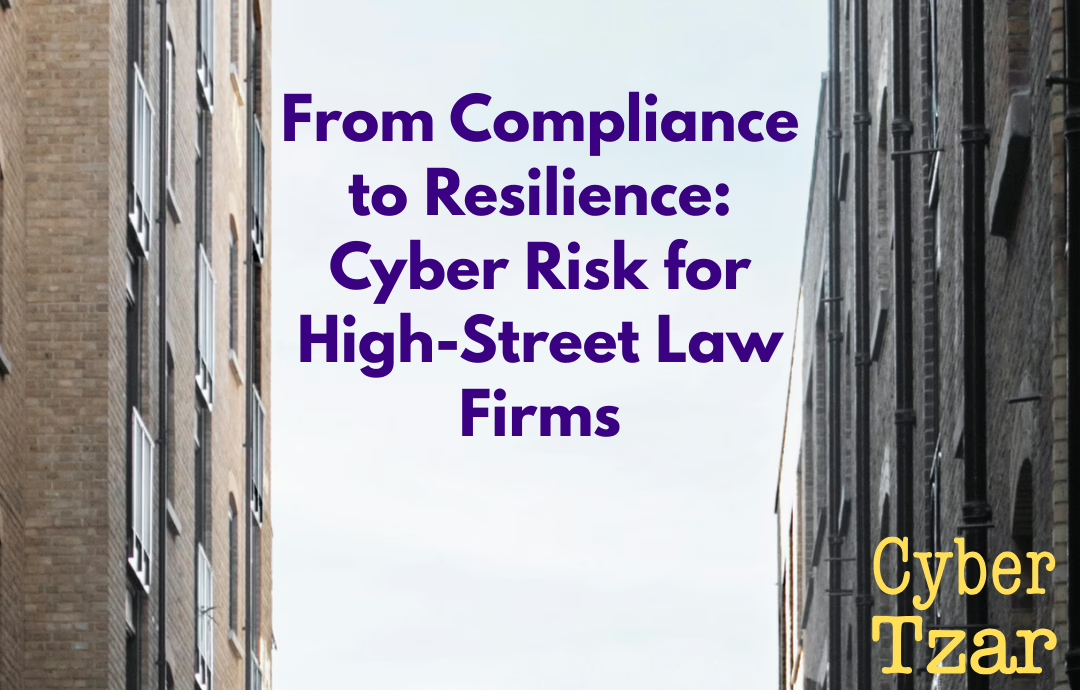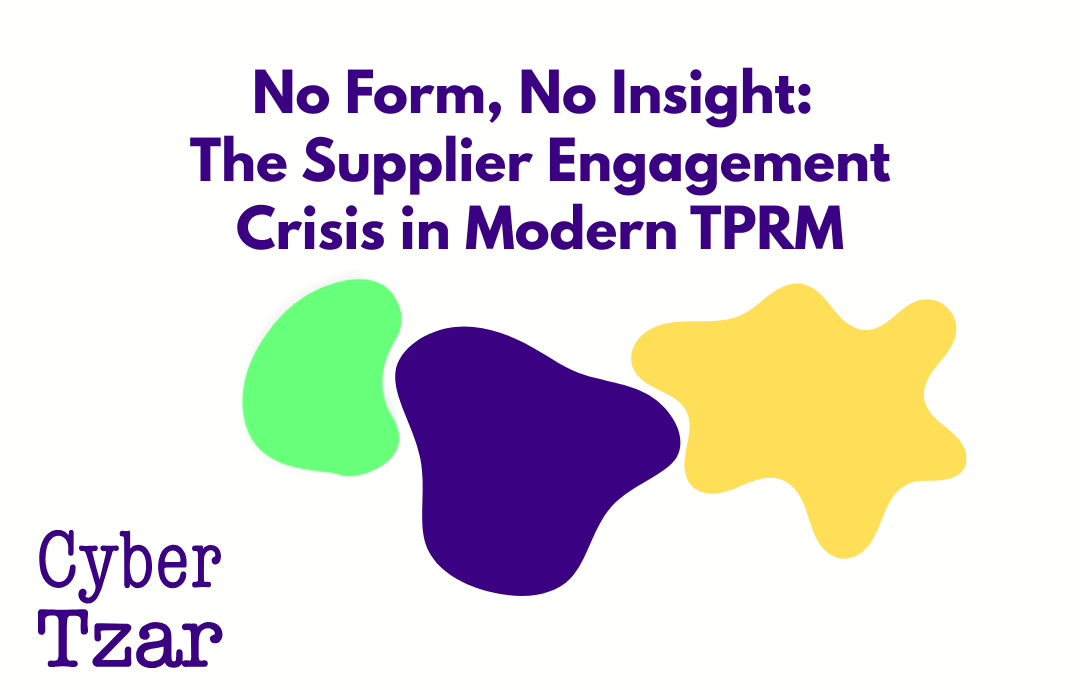Cyber insurance risk ratings — from platforms like Kynd, SecurityScorecard, and Cyber Tzar — have become integral to the underwriting process. But in 2026, many insurers are asking:
👉 Do these scores actually predict risk? Or are they just a new form of actuarial noise?
This article explores the value (and limits) of cyber risk ratings in underwriting — and what insurers, brokers, and insureds must understand to make them useful, not misleading.
The Promise of Risk Ratings
Risk scoring aims to:
📊 Standardise assessment – One scale across all applicants
📈 Accelerate decision-making – Faster triage and pricing
🔍 Spot hidden exposures – Detect issues missed by surveys
📦 Benchmark posture – Compare across sectors, sizes, and geographies
📁 Support loss forecasting – When tied to claims and telemetry data
In theory, a higher score = lower likelihood of loss.
Where Ratings Fall Short
Despite their popularity, risk scores aren’t always reliable predictors. Why?
🧾 Surface-level data – Many ratings only assess public-facing infrastructure
🎯 Lack of context – They may not reflect the role of a vendor in your environment
🕒 Lagging updates – Risk scores may not capture new exposures in time
❌ Over-reliance – Some underwriters treat scores as gospel, without validating claims
📉 Poor correlation to claims – Not all breaches are preceded by bad scores, and vice versa
Used blindly, ratings can misinform rather than de-risk.
Signs Your Risk Scoring Approach Needs Maturity
-
Your pricing swings on one number — with no underlying detail
-
You can’t explain to brokers how scores are calculated
-
High-rated companies have still triggered costly claims
-
Your reinsurer is asking for deeper data on accumulation or posture
What the Market is Doing Instead
✔️ Multi-source scoring – Combining data from multiple platforms and internal models
✔️ Time-series analysis – Tracking risk score trajectories, not snapshots
✔️ Claims + scoring correlation – Using historic data to refine predictive power
✔️ Contextual scoring – Adjusting risk ratings based on access level, industry, and exposure
✔️ Live risk validation – Using platforms like Cyber Tzar to scan and verify vendor posture
The future isn’t about one score — it’s about a score you can explain, defend, and act on.
How Cyber Tzar Improves Risk Rating Integrity
Cyber Tzar helps insurers:
✅ Deliver real-world scoring based on live vulnerability data
✅ Include context like vendor role, geography, and industry
✅ Track posture over time — not just one moment
✅ Correlate risk with claims data to improve accuracy
✅ Produce insurer-ready evidence that backs the numbers
We go beyond scores — into structured cyber intelligence that underwriters, actuaries, and brokers can all use.
📊 Want to make your risk scoring smarter, not noisier?
Get a live risk demo at cybertzar.com


